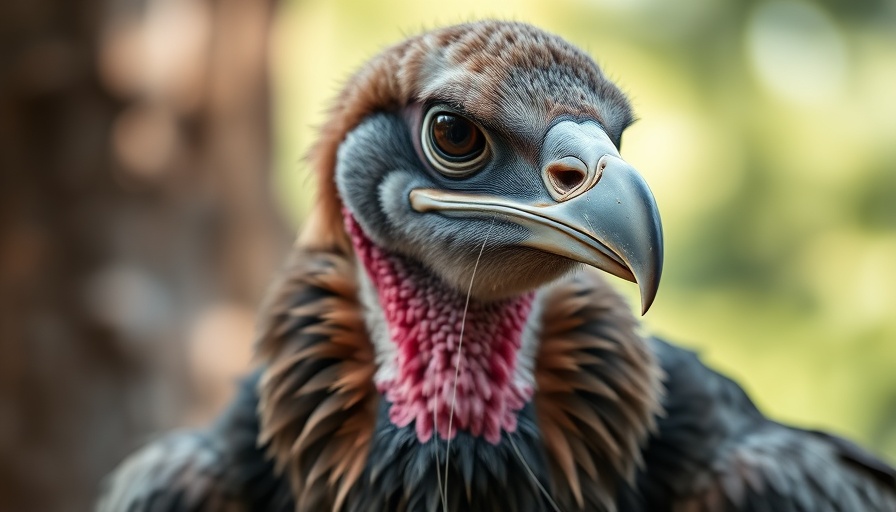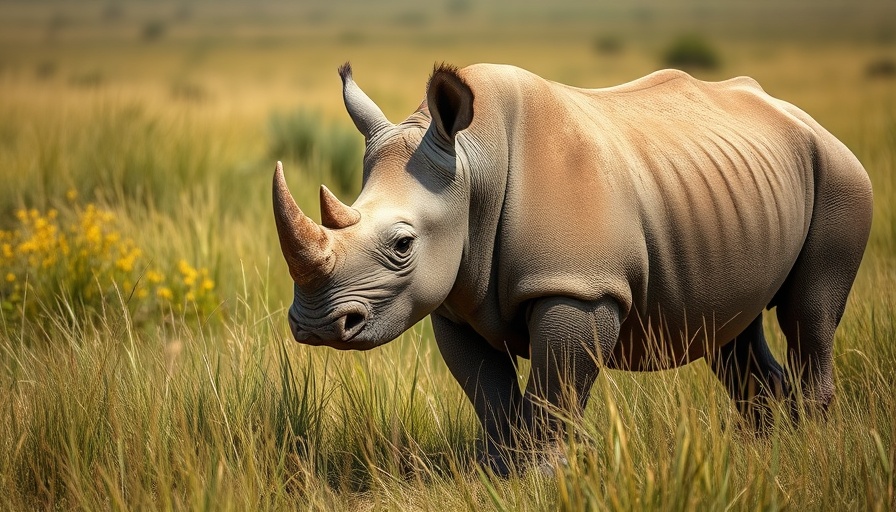
Unraveling the Mystery of Wildlife Crime Through Genetics
Wildlife crime is often compared to a shadowy underworld where theft and destruction of our planet's natural beauty occur without witnesses. But thanks to cutting-edge methods in genetic forensics, investigators are uncovering crucial evidence that could significantly change the tide in protecting endangered species. No longer reliant solely on traditional techniques like fingerprints or photographs, scientists and rangers are piecing together genetic clues from remnants found at crime scenes.
The Hidden Dangers of Wildlife Trafficking
Wildlife trafficking, generating up to $23 billion annually, ranks among the globe's most lucrative illegal markets. This insidious trade threatens not just the survival of countless species but also the delicate ecosystem they inhabit. Animals like the mountain gazelle have suffered drastically, dwindling to a population of only about 5,000 due to poaching and environmental stressors. In this landscape marred by greed, the introduction of genetic forensics offers a beacon of hope.
The Science Behind Genetic Forensics
Dr. Gila Kahila Bar-Gal and her team at the Koret School of Veterinary Medicine are pioneering methods that give wildlife rangers new tools to dissect complex crime scenes. Their approach involves analyzing mitochondrial DNA markers in a way that even degraded samples can yield vital information. Using two robust gene fragments, 16S and CytB, they cross-check results to ensure accuracy, forming an essential building block in the quest for justice.
But identifying an endangered species is just the beginning. The next step is creating a unique genetic profile of individuals involved—both victims and perpetrators. With the help of a five-dye, 22-STR panel, Kahila Bar-Gal's protocol can discern just 10 percent of a target species from a mixed sample, giving law enforcement a fighting chance in logging successful convictions.
From Evidence to Arrests: Real-Life Applications
The transformation of evidence collection is exemplified in compelling case studies where genetic forensics has led to arrests. In one incident, rangers identified poachers by matching DNA from blood-stained knives and clothing to Nubian ibex, compelling enough to take down a group that initially tried to defend their actions as hunting goats. Even in cases where carcasses were not recovered, like the swabs taken from dogs implicated in a gazelle poaching incident, genetic signatures linked them directly to the crime, showcasing the method's efficacy.
Spotlight on Vulture Populations: Uncovering Poisonings
The silent devastation of poisoned baits is a grave issue facing scavenger species like the griffon vulture. In a dramatic case from Israel, seven vultures perished after ingesting a goat laced with pesticides. Genetic forensics demonstrated that the meat found in one vulture's crop came from the same goat carcass that prosecutors were investigating. This evidence, although not enough to pin blame on the herd owner, highlighted the harmful practices lurking in agricultural activities.
Solving these crimes does more than just bring accountability; it links cause and effect, revealing how each unsolved poisoning case can devastate these beautiful birds and disrupt broader ecological balances.
Reflecting on Community and Conservation
Understanding the power of genetic forensics in wildlife crime illuminates a path toward societal responsibility. As individuals who care about our natural environment, there’s a compelling reason to stay informed about these methods. Conservation efforts, rooted in community awareness, can mobilize action against wildlife crime—encouraging voices to arise wherever they can.
Next time you encounter a hoofprint in the high desert or a feather caught in the windswept brush, consider how far we've come in safeguarding nature's wonders. By remaining vigilant and involved, we all play a part in preserving the balance of life.
 Add Row
Add Row  Add
Add 




Write A Comment